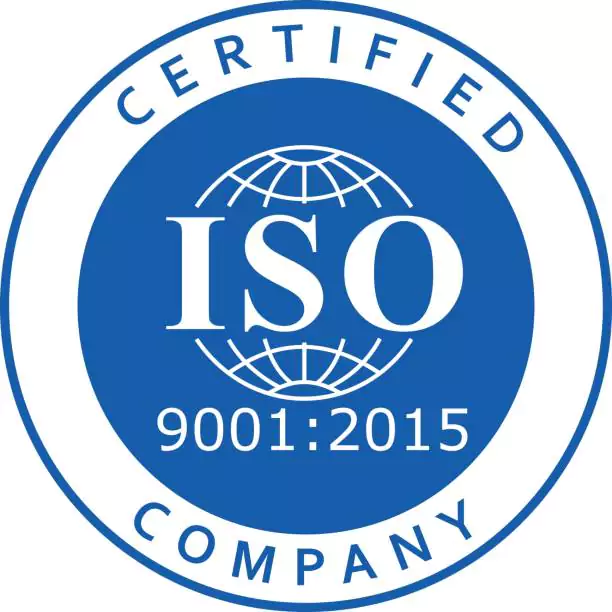The Low Code Development Platform Market is estimated to be valued at USD 15.63 Bn in 2024 and is expected to exhibit a CAGR of 29.4% over the forecast period 2024-2031. Low code platforms provide an efficient and cost-effective approach for application development by abstracting programming complexities through pre-built templates and visual drag-and-drop tools. This enables organizations to significantly reduce development cycles and focus on business logic. Furthermore, with the shortage of programmers, low code platforms help fill the technology skills gap by empowering business users and citizen developers to build applications.
Market Dynamics:
The increasing demand for rapid application development and business solution delivery among enterprises drives the growth of the low code development platform market. Low code enables organizations to meet evolving business needs in a timely manner without extensive reliance on highly skilled developers. Additionally, the shortage of technical skills and high programmer costs push more companies to adopt low code platforms and empower non-technical employees to build and customize applications. Some key challenges with traditional development approaches include longer development cycles and budget overruns. Low code addresses these challenges by providing a visual and drag-n-drop approach for faster solution delivery while lowering development costs. This promotes wider adoption of low code platforms across various industry verticals.
Market Drivers:
Developer Productivity Demand is Driving Growth in the Low Code Development Platform Market
As software development projects continue to grow in complexity, developing applications quickly has become an important factor for businesses. Low code development platforms aim to address this need by allowing non-technical or citizen developers to build application functionality with little to no coding. These platforms provide visual interfaces and drag-and-drop tools that speed up the development process compared to traditional hand coding. As more companies look to innovate faster while managing budgets, demand for low code tools that improve productivity is a major driver of growth for this market.
Increasing demand for custom application development
In addition to speed, low code platforms also enable customized solutions tailored to specific business needs. While off-the-shelf software provides standardized functionality, many companies require applications with unique features. Low code eliminates the need to outsource custom development or hire additional programmers. Citizen developers can create specialized workflows, forms, and interfaces to solve problems within their own organization. This growing need for customized solutions as opposed to one-size-fits-all options is another factor driving more organizations to adopt low code development practices.
Market Restraints:
Lack of Technical Expertise acts as Market Restraint
Despite the ease of use promised by low code, these platforms still require a basic level of technical understanding from citizen developers. Even visual, drag-and-drop tools involve concepts like programming logic, database structures, and front-end/back-end integration that non-coders may not be familiar with. For some smaller companies or departments without dedicated IT staff, a lack of in-house technical expertise can limit the effective use of low code tools. Additional training and support costs also act as a restraint for organizations with limited budgets.
Resistance to New Tools and Methodologies
Adopting new development approaches requires changes to existing workflows and culture. For organizations with established software delivery processes centered around experienced programmers, introducing low code methodologies challenges the status quo. Resistance to change from technical teams worried about job security or developer purists who see coding as an art form can inhibit low code adoption. Success requires buy-in across departments and a willingness to embrace new collaborative development models. Overcoming this type of organizational resistance remains a challenge for low code vendors.
Market Opportunities:
Opportunity for Customizing Complex Enterprise Applications
While simpler web and mobile apps are well-suited for DIY low code development, customizing complex enterprise systems typically requires deeper technical skills. However, by integrating with existing platforms like ERP, CRM, and other line of business systems, low code offers an opportunity for non-developers to configure and extend enterprise functionality. This capability addresses the "long tail" of customizations that IT departments struggle to support while enabling self-service modifications by end users. As low code tools advance to simplify complex enterprise application development, their opportunity in this space is growing.
Demand for Faster Innovation Speeds Across Industries
Low code presents opportunities across all industries as the pace of business change accelerates. While traditionally seen as solutions for internal tools and workflows, vendors are now targeting industries like financial services, healthcare, and manufacturing that require rapid prototyping, experimentation and digital transformation initiatives. By reducing development cycle times, low code allows these sectors to quickly adapt business models and build new digital products in response to shifting customer demands and market conditions. This ability to foster faster, more agile innovation processes represents a significant market potential as low code establishes itself as an enterprise development methodology.
*Link: https://www.coherentmarketinsights.com/market-insight/low-code-development-platform-market-5222
Key Developments:
- In January 2024, Oracle's low-code platform continued to evolve with the launch of Oracle APEX versions 23.1 and 22.1, introducing numerous powerful and beneficial features.
- In June 2023, Sandhata announced a strategic partnership with Pegasystems Inc., aiming to deliver cutting-edge low-code workflow automation solutions to their clients. This collaboration not only enhances Sandhata's expertise but also opens avenues for innovation and business growth. Both companies will collaborate to offer tailored solutions, leveraging Pegasystems Inc.'s advanced capabilities and Sandhata's extensive experience in system integration and automation.
- In May 2023, Appian advanced low-code into a new era of AI Process Automation, integrating key elements of Artificial Intelligence (AI) into its total technology proposition as part of the progression in the Appian Platform.
- In March 2023, Pega, a leading low-code platform provider empowering enterprises to Build for Change, announced plans to enhance its platform with new generative AI capabilities across Pega Infinity, aimed at accelerating low-code app development and enhancing customer engagement.
Key Market Players:
Key companies covered as a part of this study include Appian Corporation, Betty Blocks, Creatio, LANSA, Mendix Technology BV, Microsoft Corporation, Oracle Corporation, OutSystems Inc., Pegasystems Inc., Quickbase, Salesforce, Inc., ServiceNow Inc., Zoho Corporation Pvt. Ltd., and AgilePoint Inc.






